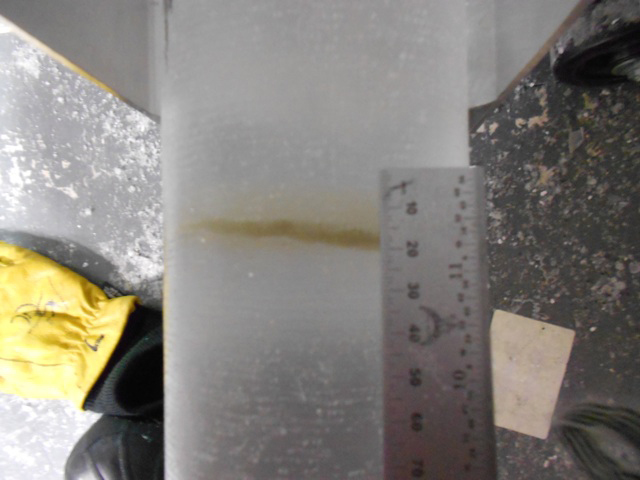News
Field and CPL Updates
2012-2013 Antarctica

It was a busy week at WAIS Divide and other Antarctic drilling sites.
Replicate coring is going extremely well with the recovery of 86 m of excellent quality core. IDDO is routinely pulling up 2 m of core every 2 to 3 hours. Two tephra layers have indicated that the offset between the logged depths of the main core and the replicate core is 0.7 m, which is well within our expectations. The polar plateau is not making it easy though. Three days of storms made access to the arch difficult. The creep of the floor is making doors leak spindrift and complicating the operation of some equipment. Krissy and Don's detailed SITREPs are attached.
Camp staff has been busy too. It takes a lot of snow removal work to keep the camp and supplies from getting buried during storms. The ramps down into the arch also need to be cleared, which is becoming more of a challenge each season. The ASC electricians managed to get the second large generator working despite not having exactly the right parts because the parts listed in the manual were not the parts in the unit.
The camp population is a large 49 people. The replicate coring staff is 15. POLENET, which is using WAIS Divide as a staging point for Twin Otter operations, has 17 people. The camp staff that keeps everyone fed, warm, and well supplied is 17 people. Preparations for a Christmas celebration are underway.
Other Antarctic drilling projects are doing great too. The New Zealand led international effort to recover an ice core from Roosevelt Island reached bedrock at 763 m. This long coveted record will be a great compliment to the Siple Dome record and will contain a good ENSO record. It was drilled with an impressively light logistics footprint. WISSARD tested a hot water drill by drilling 900 m through the Ross Ice Shelf and will be moving to Subglacial Lake Whillans. The crew at Pine Island Glacier drilled through the Pine Island Glacier ice shelf (two 500 m deep hot water holes, 20 cm diameter) and installed ocean monitoring instruments. Check the NSF press release for more details: http://www.nsf.gov/news/news_summ.jsp?cntn_id=126388
Have a great holiday season!

